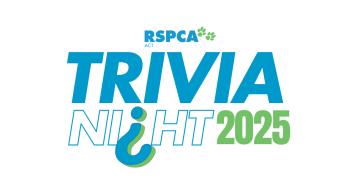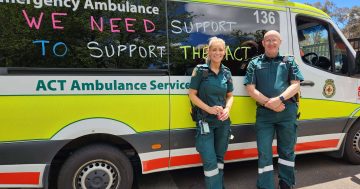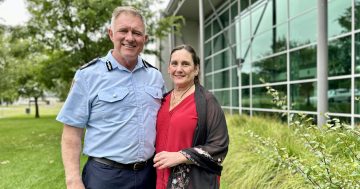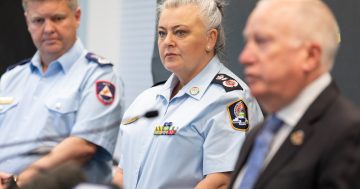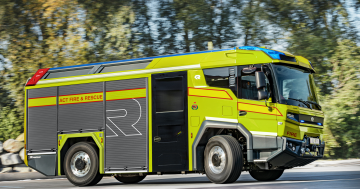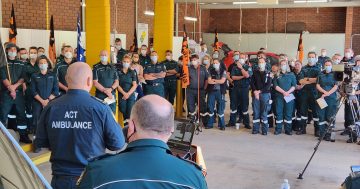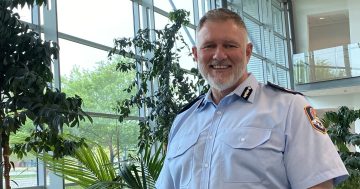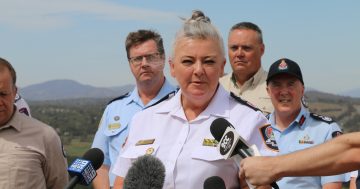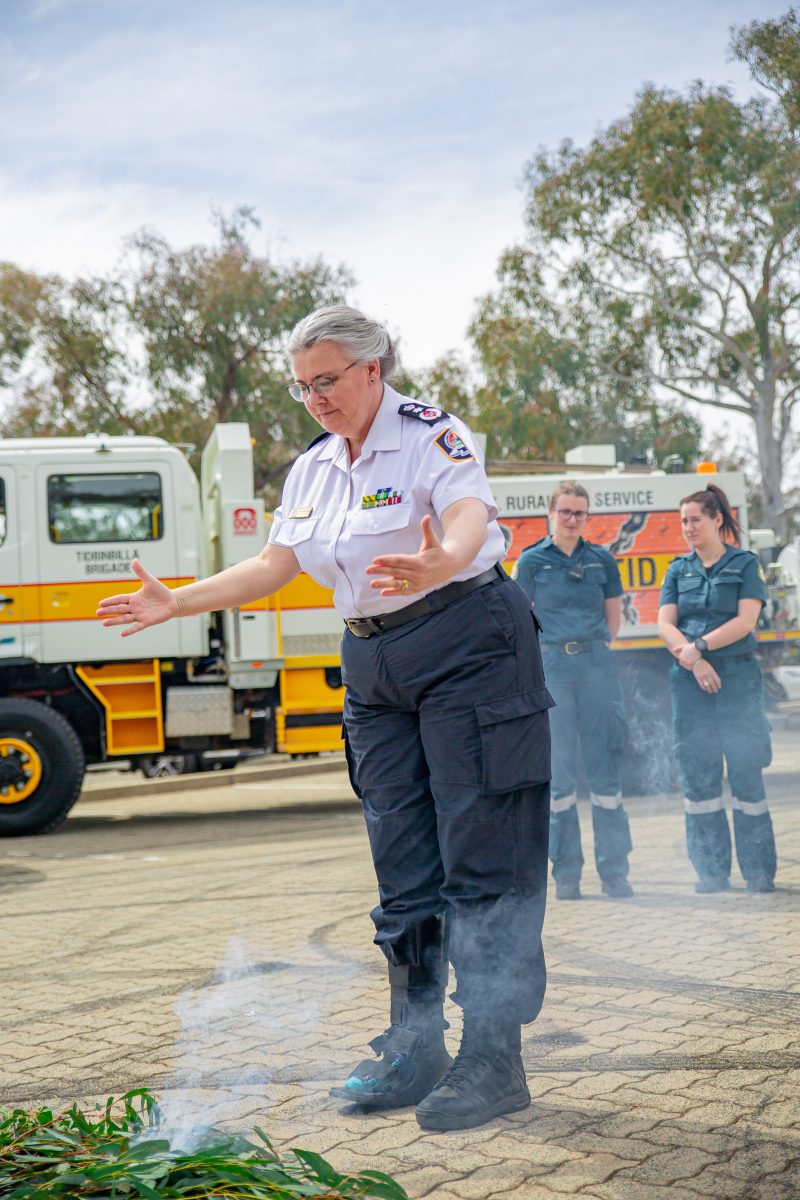
ESA Commissioner Georgeina Whelan has prioritised clear communications during the bushfire emergency. Photo: Region Media.
Despite localised heavy rain, the bushfire disaster is now a campaign fire that will take a long time to fully control. But as we reflect on the changes since 2003’s firestorm, the transformation in communications is the most striking difference.
ESA commissioner Georgeina Whelan has been the face of communications, working closely with the ACT Government and allied emergency services to create a steady flow of useful information as the fires lurked close to our borders.
She’s placed a high priority on clear lines of communications and says that while lessons have been learned from 2003, the rise of social media, in particular, has significantly changed the communications challenges for better and worse.
Today's news update comes from ESA headquarters, where Commissioner Georgeina Whelan and Kaylee Rutland, director media and public information, tell us how news is compiled, prioritised and distributed in emergencies and what we've learned since the 2003 fires. Also making news, why we should all eat more oysters, criminal responsibility and burnouts in the Lower Cotter.
Posted by The RiotACT on Thursday, January 16, 2020
Kaylee Rutland is the ESA’s director of media and public information. She says the information flow in an ongoing emergency is vital to keeping the community safe for many reasons: it reduces panic, it helps people make informed decisions and it ensures that the ESA’s status as a single source of truth is highly visible across the community as a whole.
“Our reliance on local media relationships is critically important,” Kaylee says. “There is a range of communications tools we can use to communicate our messages but no one platform reaches every demographic.
“We need to use a combination of tools to reach a broad cross-section of people so that includes working with multiple media outlets and with people around Namadgi, letterbox drops and town hall-type meetings”.
The ESA in Canberra works very closely with Rural Fire Services and with NSW operations in particular. Those relationships are established out of fire season through a memorandum of understanding that outlines who is responsible for the critical messaging during an emergency.
And the information that goes out to media and the general public is surprisingly close to the source. Kaylee says it comes straight to the ESA from the fire ground via the person running communications on site.
When fires are active across state lines, the ESA will ensure that its content is meaningful and relevant for the ACT community.
“The ESA is a single point of truth, and it’s the exact same information on our website and with our media partners. We don’t prioritise one platform over another,” Kaylee says.
While some people want hourly updates, Kaylee says the ESA must also take into account the risk of either creating panic or, perhaps even worse, message fatigue where people turn off because the news is the same and they miss critical changes in fire behaviour.
“Fires aren’t on a time frame,” she says. “You’ll have nothing for a few hours and then everything can change at once. We provide updates when the fire ground changes significantly. If you want more detailed information, your best source is the RFS website and there we’ve been providing 24-hour updates about the fires to our west in NSW.”
Kaylee says social media can have good and evil effects in a critical emergency.
“The benefit is that we can see and listen to what the community is thinking. We’ve picked up on trending information in our community, where people may have heard incorrect information and become fearful.
“Our key concern is that we look at commentary and alleviate fears or provide with information to keep themselves safe.”
The ESA website has embedded nine different languages in their site and Kaylee says they are working on the functionality of that, aware that many people from minority language communities are unfamiliar with bushfires and have difficulty accessing accurate information.
It’s a far cry from 2003, when local radio played a critical role because it was, practically speaking, the only immediate source of information. But in this brave new world of communications, the ESA says that old-fashioned trust is the most fundamental value of all.











